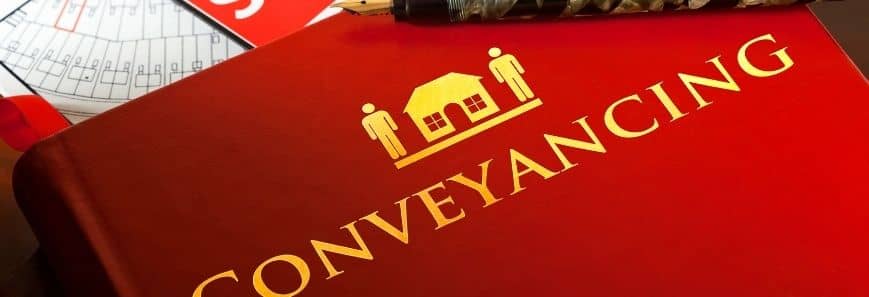Our licensed conveyancer Liz outlines the main conveyancing steps for the typical property sale or purchase.
Conveyancing is a necessary process in both buying or selling property. At WhiteStar Conveyancing, we help ensure that your legal rights, either as a seller or a purchaser, are met and protected across the entire sale process – from reviewing the contract to transferring the title.
Naturally, the tasks of a seller’s conveyancer are different to those of a purchaser’s, but at the fundamental level, they’re both there to ensure that the sale goes through smoothly, all documents are in order and in the proper place, all transfers of money are correct and on time, and that the big day of settlement goes off without a hitch.
- Section 32 ‘Vendor Disclosure Statement’. Drawing up this critical document is one of the first steps conducted by the vendor’s conveyancer. It outlines all the information about the status of the land and title, such as whether there are any covenants or easements, zoning and overlays, mortgages on the property and statutory fees such as council rates.
- Contract of sale – review of contract. Arguably the most important aspect of buying or selling a property is the Contract of Sale. In most cases, these are drawn up by the vendor’s conveyancer, and while there is a standard contract for residential properties in Victoria, they are tailored to meet the particular circumstances of a sale, such as listing items that will be included or excluded, any specific conditions that need to be met, such as finance, building and pest inspections, timeframes and financial details.
- Special conditions. Often as part of step one, the conveyancers for each party go through the contract in detail to make sure you know exactly what you are selling or buying, and any conditions or timeframes attached to the contract. They will also advise on any conditions you may want to attach to the contract before passing it to the other party for signing.
- Title search. The buyer’s conveyancer will do a title search to ensure that the property listed in the contract is actually owned by the vendor, that the boundaries look correct (or need checking), and to identify if there are any encumbrances on the title such as easements, rights of way, third party rights, covenants or other matters or disputes that may hinder a purchaser’s use of the property.
- Liaising with lenders and vendors. The buyer’s conveyancer will also act as the intermediary between the lender and the seller’s conveyancer to make sure that all paperwork is correct, timelines are reasonable and agreed upon, any particular conditions of the contract are met, and that deposits are paid on time.
- Adjustments. Council rates, strata fees, water rates and some other pre-paid fees may need to be adjusted and then charged to the buyer and refunded to the vendor. The vendor’s conveyancer calculates these and adds them to the buyer’s final balance of payment.
- Settlement. The big day arrives, and it will be the conveyancer who will be your representative to make sure that the final balance of money transfers from buyer to seller, that the buyer’s lender receives all the documentation they require, and that the title deeds to the property are transferred correctly.
If you’re buying or selling a property, our licensed conveyancer Liz can take you through the entire process, easily and at your pace, so you know exactly what needs to be done and when. And, being part of the wider WhiteStar team, she can also liaise with WhiteStar Finance about any financing, ensuring a smooth and seamless transaction, with full communication and transparency.

